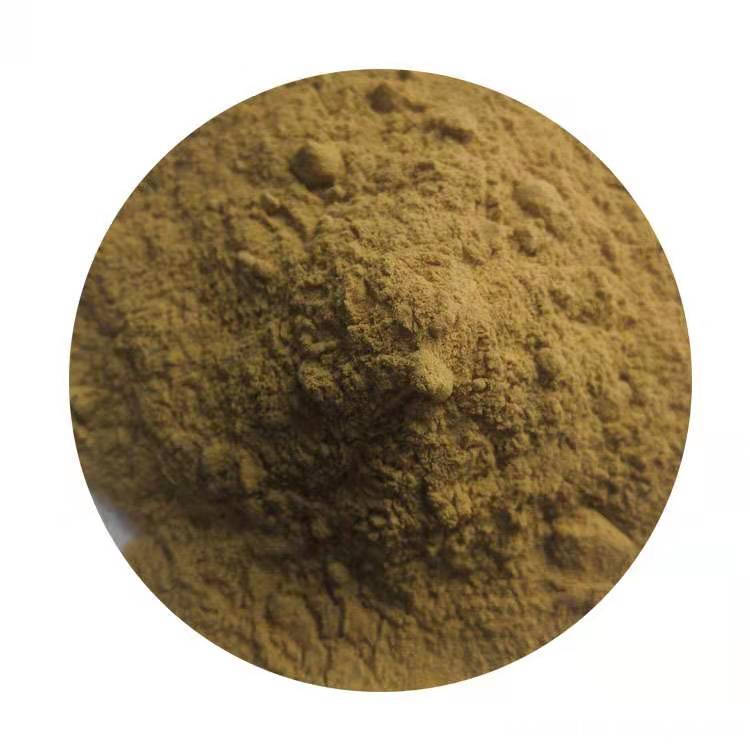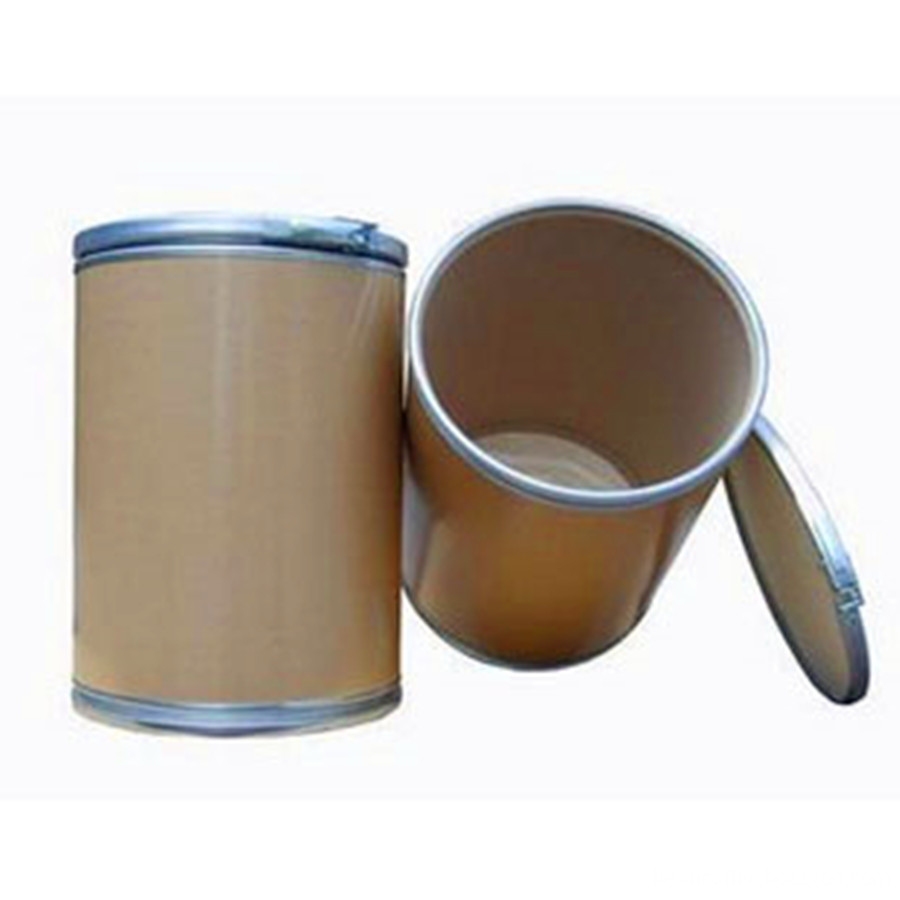Winter and spring are critical seasons for livestock breeding, fattening, and slaughtering. During this time, proper feeding and management practices become even more important. These efforts not only help increase survival rates, slaughter rates, and commodity rates, but also significantly boost farmers' income. Moreover, they play a vital role in protecting the breeding stock, improving product quality, and enhancing market competitiveness.
To ensure successful livestock raising during these seasons, several key aspects should be carefully considered:
First, the variety of forage materials is essential. Relying solely on one type of feed can lead to nutritional deficiencies, digestive issues, and metabolic disorders. This can hinder growth, reduce productivity, and negatively impact reproduction rates. To avoid this, it's crucial to prepare a diverse range of feed sources during autumn, such as different crop straws, pastures, wild forages, and vines. Common methods include corn straw silage, mixing corn straw with alfalfa, or combining alfalfa with wheat straw. Dry straw processing and micro-storage techniques are also widely used, as they improve feed utilization, preserve nutrients, enhance palatability, and meet the demand for fresh forage throughout the season.
Second, preventing mold and spoilage of forage is crucial. Poor storage, excessive moisture, or lack of ventilation can cause mold growth, which may lead to digestive problems in animals and even miscarriages in pregnant ones. To prevent this, fresh forage should be dried properly before storage, and rain protection measures must be in place. Regular checks and timely stacking are necessary. When feeding, any moldy portions should be removed immediately. Before storing silage, the plastic lining should be inspected and repaired if needed. After silage is made, it should be compacted tightly to prevent air exposure and spoilage. The location of silos or storage tanks should be on high ground, well-ventilated, and close to the animal housing area, with appropriate size based on the number of animals.
Third, avoiding cold feeding is important. Feeding cold feed can cause discomfort, reduced appetite, waste, and even health issues like colic, diarrhea, or abortion, especially when feeding tubers or gourd pulp. To mitigate this, feed should be brought indoors in advance, or slightly warmed before being given to animals. Providing warm water for drinking can also help protect them from the cold and reduce energy expenditure.
Fourth, feed quantities should not be arbitrarily increased or decreased. The amount of feed should be determined based on the size and eating habits of the animals. A slight surplus in the trough is preferable, as overfeeding leads to waste, while underfeeding can result in poor growth and development. Different types of livestock may require either regular feeding schedules or free-choice feeding. It's important to monitor their eating behavior regularly, especially for pregnant animals, and adjust feed amounts according to their specific needs to avoid unnecessary changes.
By following these guidelines, farmers can ensure better livestock health, higher productivity, and greater profitability during the winter and spring seasons.
Coffee Green Hydrochloric Acid
green coffee extract:
Green coffee bean extract is made from the green beans of the coffea Arabica plant.
There are two types of coffee plants, arabica and robusta. The arabica is higher in quality and higher in chlorogenic and caffeic acids, two primary compounds responsible for anti-oxidant activity. Coffee might have anti-cancer properties, and researchers found that coffee drinkers were 50% less likely to get liver cancer than nondrinkers.
Product features:
1. Special large package for industrial raw material sales(10kg/20kg);
2. 100% pure coffee;
3. Good instant solubility;
4. Stable raw material origin and long-term supply
Functions:
Losing weight.
Anti-virus; Anti-bacteria; Anti-cancer; Anti-aging; Anti-infectious.
Lowering toxicity.
Lowering blood pressure.
Reducing the risk of diabetes.
Help with muscle fatigue for athletes and bodybuilders.
Green coffee bean has strong anti-oxidant properties similar to other natural anti-oxidants like green tea and grape seed extract. Green Coffee Beans have polyphenols which act to help reduce free oxygen radicals in the body. Green coffee bean extract is sometimes standardized to more than 50% Chlorogenic Acid. Chlorogenic Acid is the compound present in coffee which has been long known as for its beneficial properties. This active ingredient makes green coffee bean an excellent agent to absorb free oxygen radicals; As well as helping to avert hydroxyl radicals, both which contribute to degradation of cells in the body.

Coffee Bean Extract,Robusta Coffee Extract,Pure Green Coffee Bean Extract,Coffee Green Hydrochloric Acid
Yunnan New Biology Culture Co,.Ltd , https://www.lvsancoffee.com

